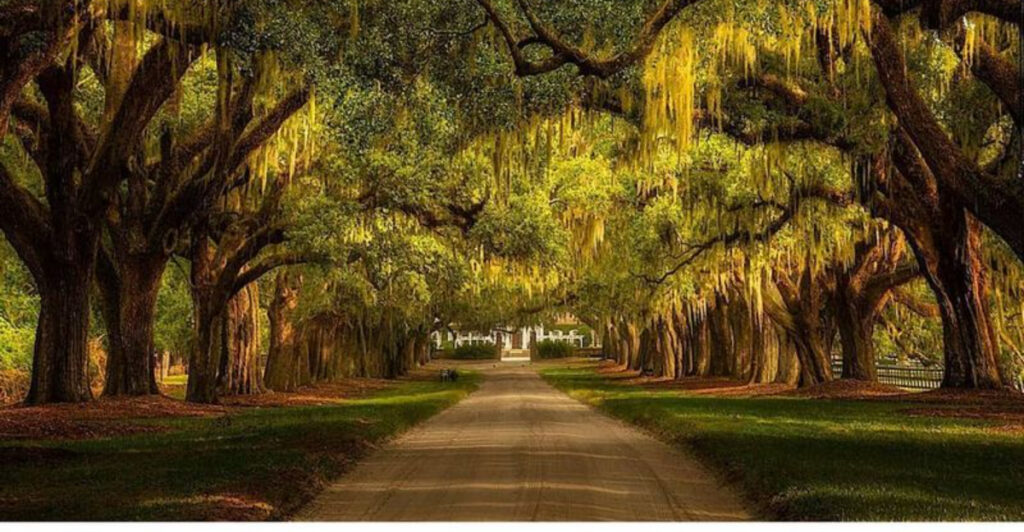America’s coastlines hide treasures beyond the famous hotspots everyone knows. While crowds flock to Miami and Santa Monica, charming seaside communities with authentic character remain overlooked. These hidden coastal havens offer everything from pristine beaches and fresh seafood to rich history and local arts scenes – all without the tourist crowds and inflated prices.
Pass Christian, Mississippi: The Gulf’s Resilient Jewel

Hurricane Katrina nearly wiped this Gulf gem off the map in 2005, but Pass Christian’s comeback story is nothing short of remarkable. Locals rebuilt with determination, preserving the town’s Southern charm while creating something new and vibrant.
Stroll along the harbor where fishing boats bring in fresh catches daily, or spread your towel on sugar-white beaches that remain blissfully uncrowded even in summer. The historic downtown features colorful cottages and oak-lined streets perfect for leisurely exploration.
Don’t miss the town’s famous oysters – harvested from nearby waters and served in family-owned restaurants where recipes have been perfected over generations. Annual events like Jazz in the Pass bring the community together with visitors for celebrations that showcase the town’s indomitable spirit.
St. Simons Island, Georgia: Where History Meets Coastal Serenity
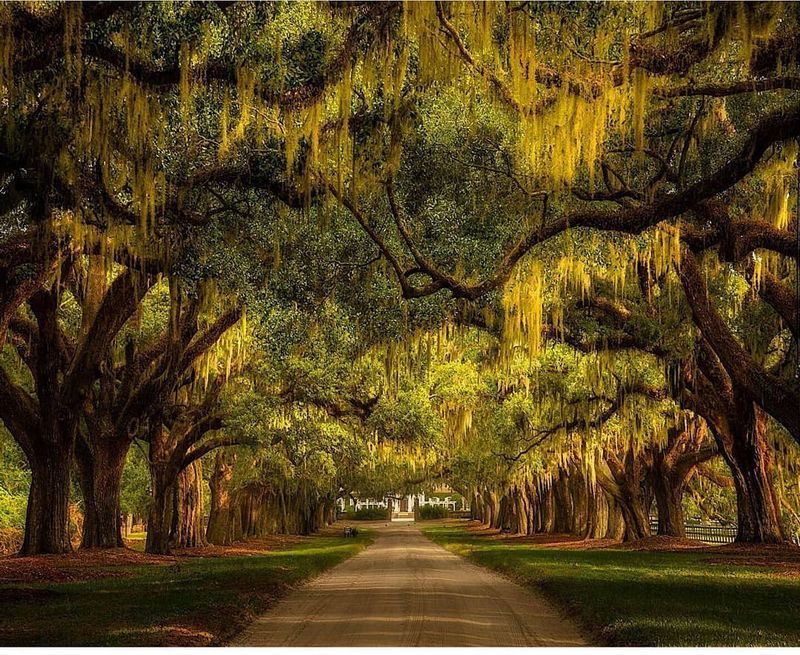
Spanish moss drapes from ancient oak trees as cyclists navigate paths that wind through this barrier island paradise. At 18 square miles, St. Simons offers an intimate coastal experience where time seems to slow down deliberately.
History buffs marvel at Christ Church, built in 1884 on the site of a congregation established in 1736, and Fort Frederica’s ruins tell stories of colonial conflicts. Nature lovers find heaven kayaking through salt marshes teeming with wildlife or watching dolphins play offshore.
The village area buzzes with independent shops and seafood spots where shrimp boats deliver their catches directly to restaurant kitchens. Unlike its flashier neighbor Jekyll Island, St. Simons maintains a residential feel that makes visitors feel like temporary locals rather than tourists passing through.
Washington, North Carolina: The Original Washington
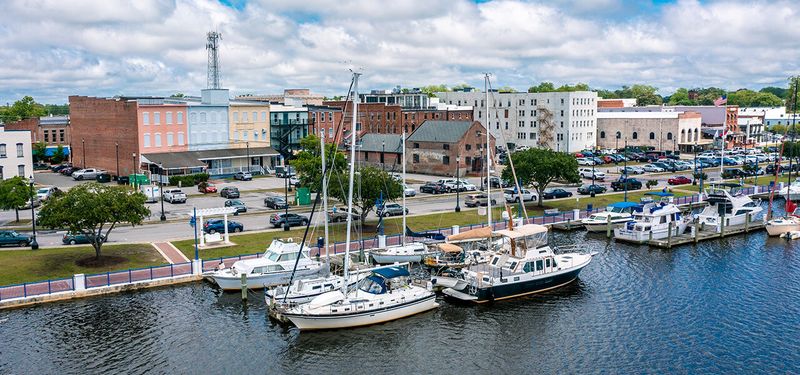
Locals call it “Little Washington” to distinguish it from the nation’s capital, but this waterfront gem predates its famous namesake. Situated where the Pamlico River meets the Inner Banks, the town offers a perfect blend of maritime heritage and small-town hospitality.
Beautifully preserved 18th and 19th-century buildings house art galleries, boutiques, and farm-to-table restaurants along Main Street. The waterfront boardwalk invites leisurely strolls where you might spot osprey diving for fish or sailing vessels gliding past.
Water defines life here – from paddleboarding adventures to fishing excursions. The North Carolina Estuarium provides fascinating insights into the river ecology that has sustained the community for generations. Unlike the Outer Banks towns that swell with summer tourists, Washington maintains its authentic character year-round.
Ogunquit, Maine: Artistic Haven by the Sea
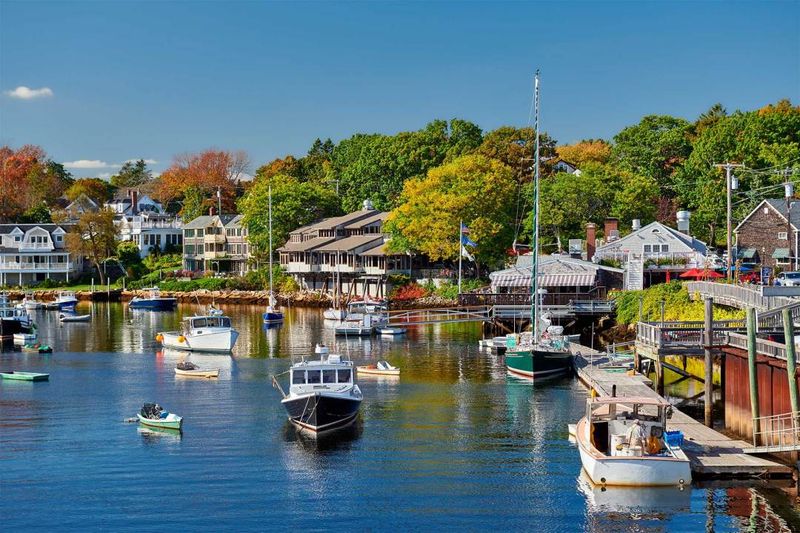
Named by the Abenaki tribe as “beautiful place by the sea,” Ogunquit lives up to its poetic designation with dramatic cliff views and three miles of perfect beach. The Marginal Way footpath hugs the coastline for 1.25 miles, offering some of New England’s most spectacular ocean panoramas.
Artists discovered this fishing village in the late 19th century, establishing colonies that transformed Ogunquit into a cultural destination. Today, the Ogunquit Museum of American Art and the historic Ogunquit Playhouse continue this creative legacy, offering world-class exhibitions and performances.
Perkins Cove, a working harbor accessible via a manually operated drawbridge, captures the town’s authentic maritime character. Despite growing popularity, Ogunquit maintains its intimate scale and artistic soul – especially during off-season months when locals reclaim their beautiful place by the sea.
Cedar Key, Florida: Old Florida’s Time Capsule
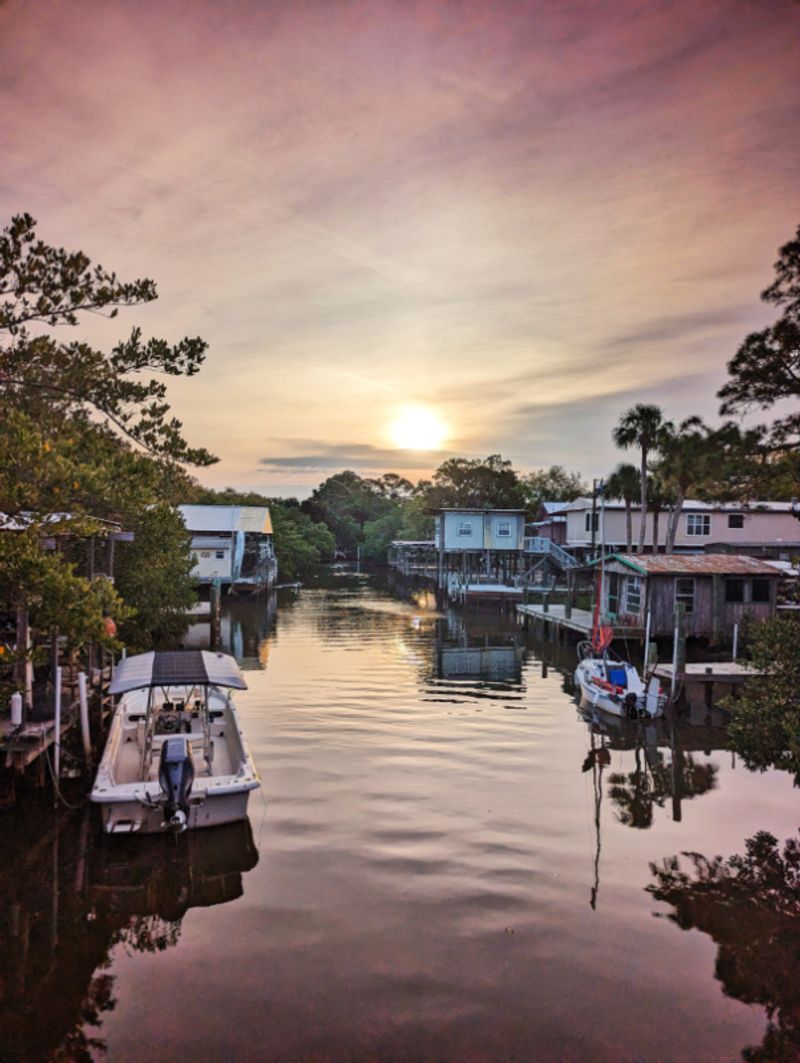
Two hours north of Tampa but a world away from Florida’s commercial beach scene, Cedar Key feels like stepping back into the 1950s. This cluster of small islands connected by bridges sits three miles into the Gulf of Mexico, creating a natural buffer from mainland development.
Clam farming replaced commercial fishing as the economic backbone, and today the town produces 90% of Florida’s farm-raised clams. Weathered clapboard buildings house unpretentious seafood shacks where the catch arrives by boat daily and craft beer flows freely.
Kayakers navigate through mangrove tunnels, birders spot rare species in the Cedar Keys National Wildlife Refuge, and sunset admirers gather at dockside bars. With fewer than 700 permanent residents and limited accommodation options, Cedar Key remains gloriously uncrowded – a final frontier of authentic coastal Florida.
Wellfleet, Massachusetts: Cape Cod’s Artistic Soul

Halfway up Cape Cod’s forearm sits Wellfleet, where oyster farms dot the harbor and artists have found inspiration for generations. Unlike Provincetown’s bustling commercialism or Chatham’s manicured affluence, Wellfleet maintains a working village atmosphere that feels refreshingly genuine.
The town’s calendar revolves around the famous OysterFest each October, celebrating the briny bivalves that bear the Wellfleet name on menus nationwide. During summer months, the historic drive-in theater (one of the last in America) projects double features under starry skies while families feast on concession classics.
Nature sanctuaries protect pristine kettle ponds where clear freshwater invites swimming away from ocean crowds. Marconi Beach, part of the Cape Cod National Seashore, offers dramatic Atlantic views from towering dunes. Despite summer popularity, Wellfleet’s commitment to conservation ensures it remains authentically Cape Cod.
Port Townsend, Washington: Victorian Seaport with Mountain Views

Perched at the northeastern tip of Washington’s Olympic Peninsula, Port Townsend boasts a maritime heritage preserved in spectacular Victorian architecture. When the predicted railroad never arrived in the 1890s, development froze – accidentally creating one of America’s most complete collections of 19th-century buildings.
Fort Worden State Park combines military history with natural beauty, featuring abandoned bunkers, a lighthouse, and driftwood-strewn beaches with views across to the San Juan Islands. The town’s thriving arts community supports independent bookstores, galleries, and the renowned Wooden Boat School where traditional maritime crafts continue.
Unlike the rain-soaked reputation of the Pacific Northwest, Port Townsend sits in the Olympic Rain Shadow, receiving half the precipitation of Seattle. This microclimate creates perfect conditions for exploring year-round, whether sailing Puget Sound or hiking nearby Olympic National Park trails.
Stonington, Connecticut: New England’s Last Fishing Village
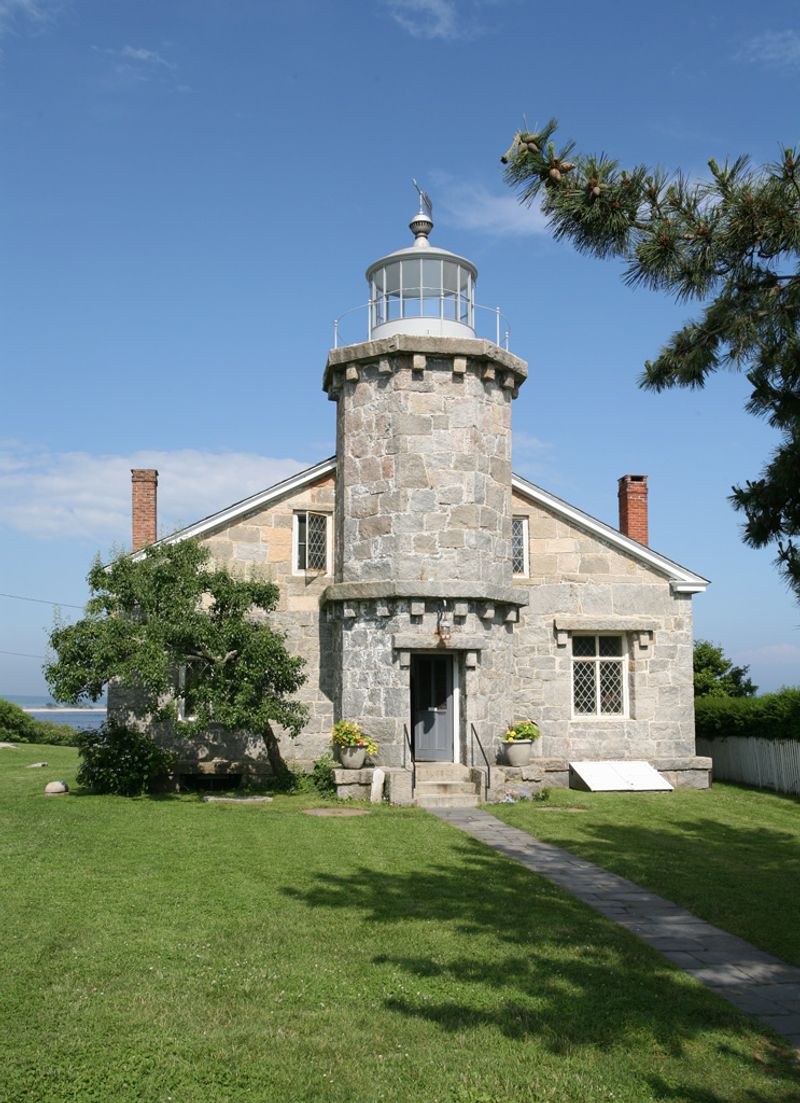
A narrow peninsula jutting into Little Narragansett Bay creates the perfect setting for this authentic fishing community that’s somehow escaped the fate of other Connecticut coastal towns. While neighboring Mystic became a tourist attraction and Watch Hill went ultra-exclusive, Stonington Borough preserved its working waterfront and unpretentious charm.
Portuguese fishermen established a fleet here generations ago, and their descendants still pilot boats from the town dock. The one-street commercial district features 18th and 19th-century homes converted to shops and restaurants where local seafood dominates menus.
History buffs appreciate the Old Lighthouse Museum documenting the town’s maritime heritage and the 1830 battle when local militia repelled British naval attacks. Unlike many New England coastal towns that essentially close after summer, Stonington maintains its year-round character – especially magical during quiet winter months when locals reclaim their village.
Chincoteague, Virginia: Where Wild Ponies Roam
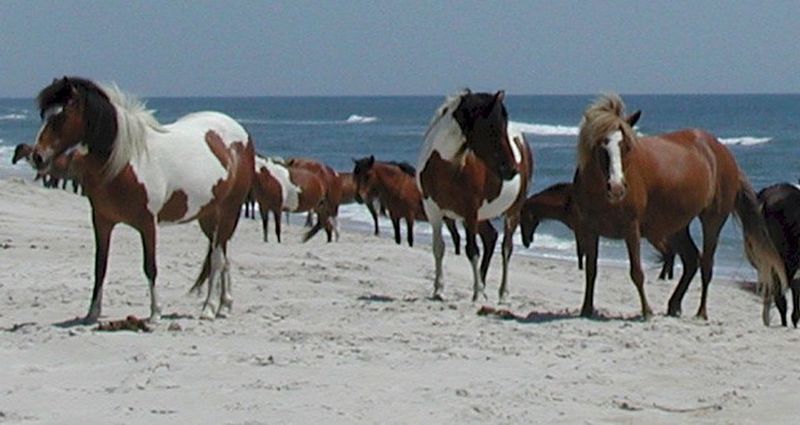
Made famous by Marguerite Henry’s children’s novel “Misty of Chincoteague,” this barrier island off Virginia’s Eastern Shore offers wildlife encounters unlike any other coastal destination. Wild ponies descended from shipwrecked Spanish stallions roam freely across neighboring Assateague Island, creating postcard-perfect scenes as they graze against coastal backdrops.
Unlike Ocean City just 30 miles north, Chincoteague resisted high-rise development and chain restaurants. Family-owned motels, seafood shacks serving locally harvested oysters, and ice cream parlors maintain the island’s mid-century charm.
The annual Pony Swim each July attracts crowds watching as cowboys guide the wild herd across the channel, but outside this event, visitors find peaceful beaches within the Chincoteague National Wildlife Refuge. Bicycle-friendly streets and abundant kayaking routes make exploration easy without ever needing to start your car.
Bandon, Oregon: Dramatic Sea Stacks and Cranberry Bogs

Massive rock formations rise from the Pacific like nature’s sculptures along Bandon’s coastline, creating one of Oregon’s most photographed yet least crowded beaches. Face Rock and Wizard’s Hat are just two of the named formations that glow golden during sunset, drawing photographers and romantics alike.
Beyond its geological wonders, Bandon offers a fascinating mix of industries – from the cranberry bogs that produce 95% of Oregon’s crop to the world-class golf at Bandon Dunes. Old Town’s boardwalk features seafood restaurants where Dungeness crab is served hours after boats deliver their catch.
Wildlife enthusiasts spot tufted puffins nesting on offshore rocks and migrating gray whales passing close to shore. Despite growing recognition among golf enthusiasts, Bandon maintains its working-class roots and genuine coastal character – a refreshing alternative to more developed Oregon beach towns.

